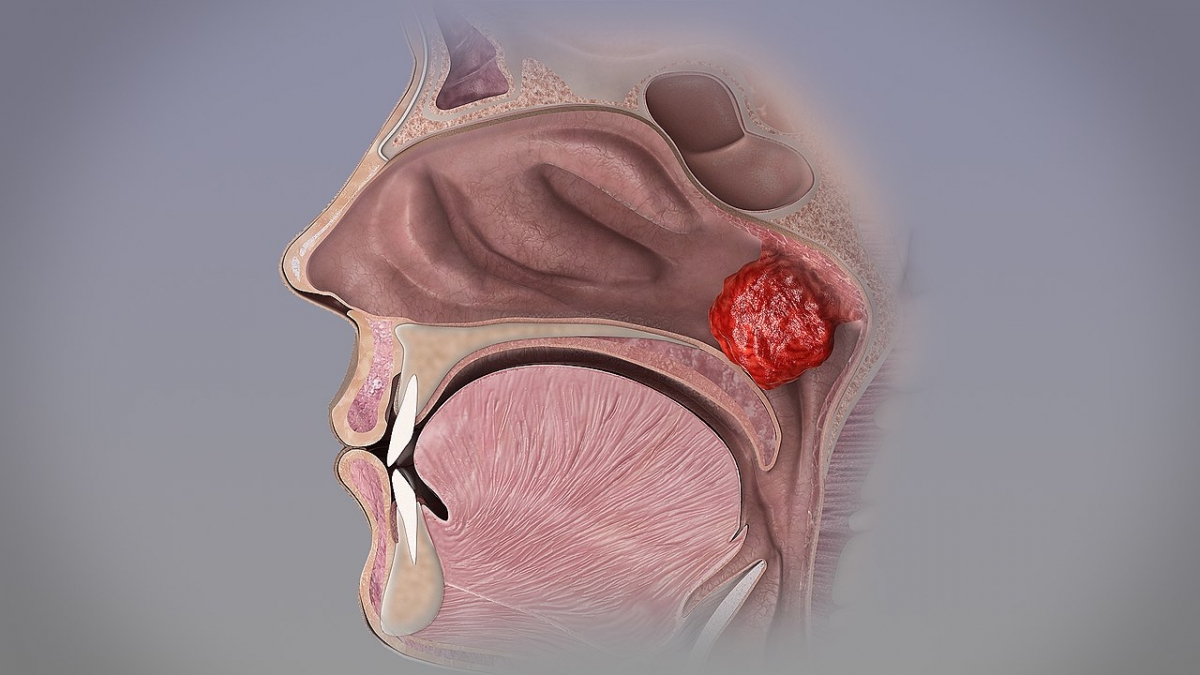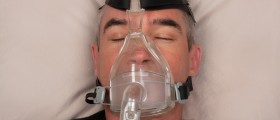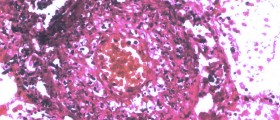Our immune system is well build up since it has many parts in the body that assist it in defending the organism from various pathogens that constantly attack the human body. Apart from the tonsils, there are also adenoids that help the immune system by preventing various microbes to enter the body and cause some disorder or disease. They are lymphoid tissues placed at the back side of the nose high in the throat, but they are not noticeable without a special instrument.

Functions of adenoids
The air is full of microbes and in the process of breathing, they enter our mouth and tend to stay there due to sticky mucus and hairs. When it happens, the adenoids secrete the antibodies and white blood cells to kill these microbes thus helping the immune system. However, the adenoids may get infected while performing their function and when the inflammation of the adenoids appears, it is important to cure it promptly since it can cause various complications.
Adenoids, as well as tonsils, are hardly visible in the babies, but they gradually grow and reach their optimal size at the age of five. After that, the size of the adenoids and tonsils gradually decreases and therefore, the swollen adenoids and tonsils are not as common disorder in adults as they are in children.
Swollen adenoids symptoms in adults
The inflamed adenoids may cause just mild or severe symptoms, depending on the severity of the infection. The first warning sign of this condition is the swelling of these lymphoid tissues. In the view of the fact that the adenoids are placed in the airways, their inflammation leads to the blockage of the air passages and causes snoring, blocked nose, and sore throat. Nasal speech is also quite common when adenoids are inflamed.
In the majority of cases, when the adenoids are infected, the tonsils develop an inflammation and become swollen as well. When the adenoids and tonsils are inflamed at the same time, then the ring-like structure can be observed at the back of the throat, which enables the normal breathing since the air passages are obstructed. This can further lead to the difficulties while sleeping at night, which gradually develop into sleep apnea. The obstructive sleep apnea is characterized by inability to breathe for some time while sleeping at night. Tiredness and headaches are also some of the symptoms of the inflamed adenoids.
- www.nhs.uk/conditions/adenoids-and-adenoidectomy/
- www.betterhealth.vic.gov.au/health/conditionsandtreatments/adenoids
- Photo courtesy of www.scientificanimations.com via Wikimedia Commons: commons.wikimedia.org/wiki/File:Adenoid_hypertrophy.jpg

















Your thoughts on this
Loading...